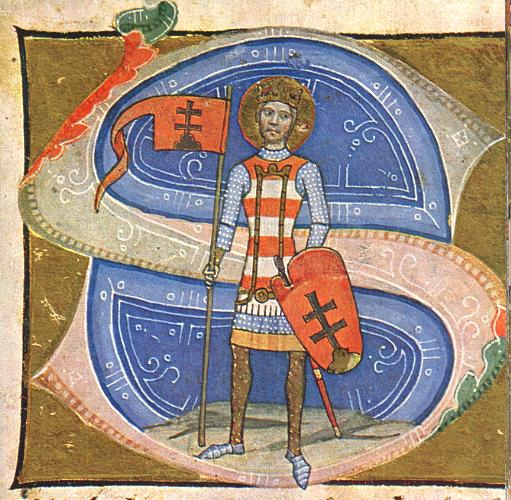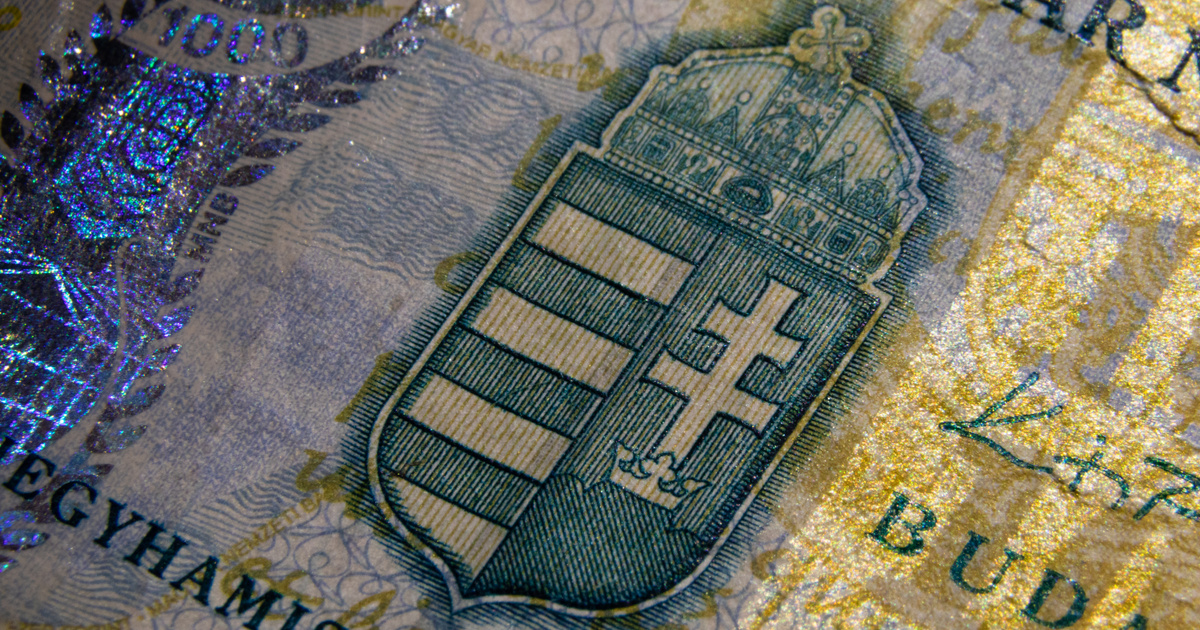The double cross in the Hungarian coat of arms is an important symbol in the history of our country, and there are still many questions and doubts about the origin and meaning of the symbol and how and why it reached the Hungarians. In today’s article in our series, we looked at the history of the double cross.
Was it distributed by Emperor Constantine’s wife?
the The Double Cross, also known as the Apostolic Cross, Which differs from the traditional Latin cross in that it has two horizontal legs, a It began to be used in Byzantium in the 4th centuryAccording to legend, the mother of Emperor Constantine the Great, Saint Ilona, began collecting religious objects from Jerusalem, related to Jesus, and obtained the cross believed to be Christ’s from Mount Calvary. the It has become widespread since the 6th century The double cross in the Byzantine Empire, where it was less religious than more used as a political badge, They appeared on many objects – clothing, weapons, seals and coins.
The double cross in Eastern OrthodoxyOlgavolodina/Getty Images Hungary
Later double cross Role in the church hierarchyWhile lower-ranking priests wore the traditional cross, the double cross was worn by senior ecclesiastical dignitaries, patriarchs and archbishops, as well as missionaries and envoys of the Pope who set out on missionary journeys, which is why the symbol was called the apostolic. Or the missionary cross. Double cross Its upper horizontal stem is often shorter than the lower stem. This is usually explained by the sign attached to Christ’s feet (INRI – in Latin Jesus of Nazareth, King of the Jews), but there is no concrete evidence for this. In Christian symbolism There is also a triple cross, However, this can traditionally only be used by one person, the head of the Church of Rome (currently Pope Francis).
It was not used even by the popes during the time of Saint Stephen
But how did the double cross reach Hungary? the According to tradition Double cross It was handed over to King Szent Istvan II. From Pope Sylvester Who, with this gesture, symbolically granted apostolic and important authority to the Hungarian ruler, which meant that Christian Hungary was involved in the spread of Christian teachings from then on. However, modern historiography This idea was refuted Because the double cross did not play any important role in Western Christian symbolism in the time of King Stephen, at that time even the apostles and envoys of the Pope A simple Latin cross was worn as an official badge. 12-13. It can be proven from the historical sources of the 19th century that since Saint Stephen, the Hungarian kings had the right to use the Apostolic Cross, which they carried before them on official occasions, but this cross was still the simple traditional Latin cross.

Saint Stephen (incorrectly) with the double cross on his shield dates from the 14th century Able factsinWikimedia Commons
It is also a misconception that the double cross A follow-up to the previous missionary activities of the Byzantine monks Cyril and Methodius It reached the Carpathian Basin and then Hungary – this theory was spread by the Slovak nationalist and Slavic movements in the nineteenth century, and they tried to support the primacy of Moravian Christianity. (In addition to being Hungarian, the double cross is one It is also the national symbol of Slovakia.)
Third. King Bela brought it with him from Byzantium
In fact – according to our current knowledge – the Double Crusaders came to Hungary directly from Byzantium, and ruled in the second half of the 12th century. Third. Thank you King BellaWho was raised for diplomatic reasons in the Byzantine court as heir to the throne of Emperor Manuel I. This motif first appeared on Hungarian coins and shields around 1190, and was probably introduced because King Béla tried to express it in this way His equality with the Byzantine rulerAnd he is not accountable to anyone except God. In addition, using the double cross, the ruler combined the symbol of secular and ecclesiastical power into one sign, with which he wanted to convey a non-secret message to Archbishop Lukács, with whom he was in dispute.
Finally the double cross was only used in the following fourth century. Since Bella’s era It is perpetuated on the royal seal and coat of armswith one in use today It is considered the oldest form of the Hungarian coat of arms. Since the 13th century, this symbol has symbolized the sovereignty and legitimacy of the Hungarian King and the Hungarian State, as well as the heraldry used during the Soviet Republic and the Rakosi and Kadar systems. It appears on all Hungarian versions of the coat of arms.

Three cookbooks with free shipping!
The Mentes Anyu cookbooks are recommended for those who follow a special diet for their health or by conviction, but also for those who are just looking for inspiration and new flavours.
Now with free home delivery!
Check out our offer click here!
advertisement












































